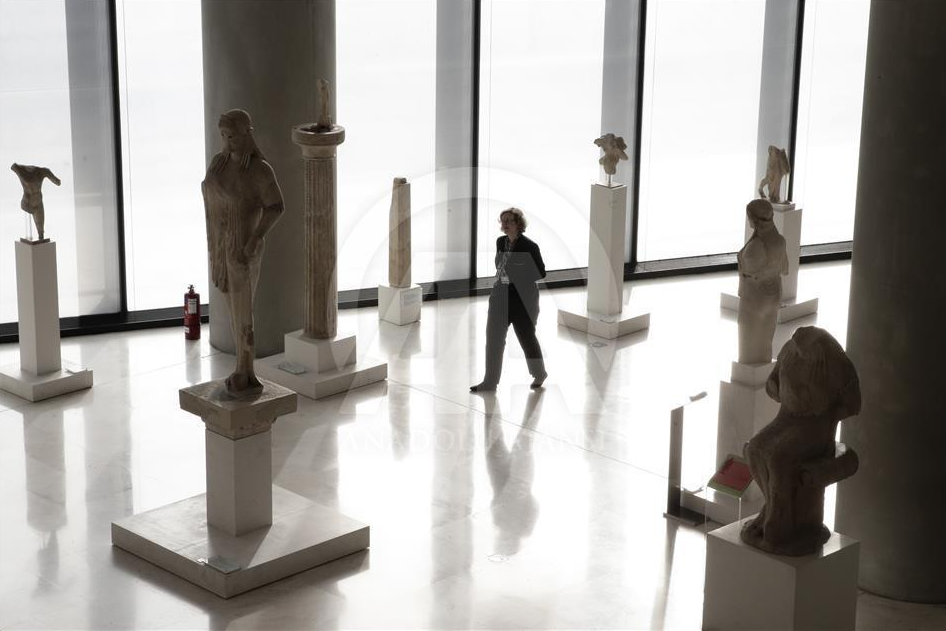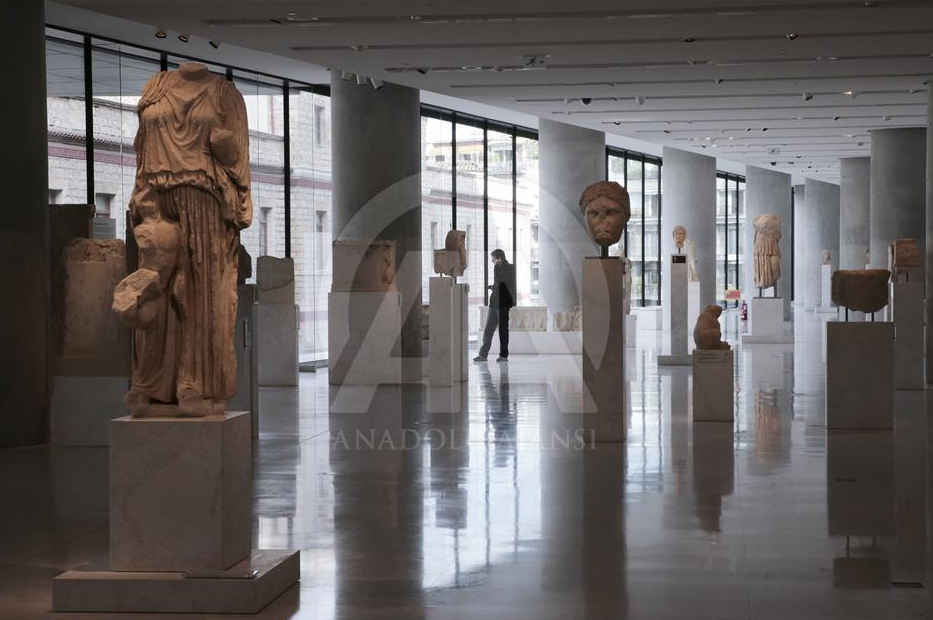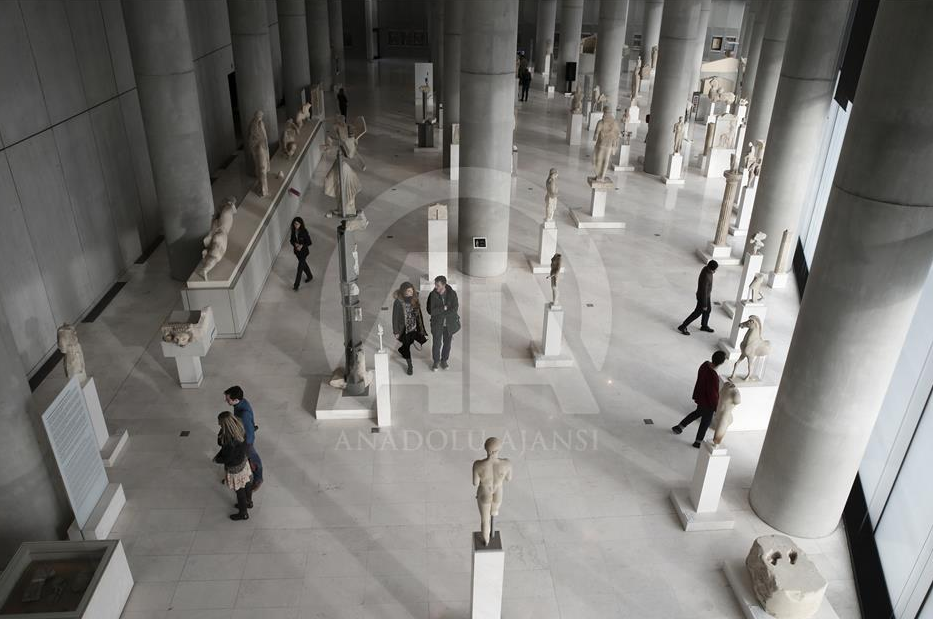The Acropolis Museum, located in the southeast of the Acropolis Hill in Athens, the capital of Greece, is a contemporary archaeological museum. The museum exhibits many important artifacts from the ancient Greek period, primarily including those uncovered during excavations carried out on the Acropolis. The museum operates with the aim of both preserving cultural heritage and introducing Ancient Greek civilization to visitors.

Acropolis Museum (AA)
History
Although the foundations of the Acropolis Museum were laid in the 19th century with the excavations conducted on the Acropolis, the current modern structure was planned in the late 20th century and opened to the public on June 21, 2009. The establishment of the museum was driven by the need to preserve and display artifacts related to the Parthenon and surrounding structures under more suitable conditions. The architectural design of the museum was carried out by Bernard Tschumi. With its transparent floors and modern architecture, it establishes a visual connection with the archaeological site.
Collections and Exhibitions
The museum's collection spans a wide chronological range from prehistoric times to the Roman period. Among the main exhibits are sculptures from the Archaic Period, the friezes and metopes of the Parthenon, the Caryatids of the Erechtheion, and architectural fragments from other temples on the Acropolis. The Parthenon Gallery is a specially designed section on the upper floor of the building, positioned directly opposite the temple, and arranged according to the original sequence of the friezes.
Visitor Organization
The Acropolis Museum is open to visitors during specific hours throughout the year. Different opening and closing hours apply for the summer and winter seasons. Except for official public holidays, it operates every day of the week. Tickets can be obtained from the museum’s ticket offices or through the online system. Visitors are offered options including full admission, discounted tickets, and special category entries.

Acropolis Museum (AA)
Transportation and Accessibility
The museum is located in a strategic position in the city center of Athens and is easily accessible by public transportation. In particular, the “Akropoli” metro station provides direct access to the museum. Additionally, the museum is equipped with accessible infrastructure for individuals with disabilities.
Visitor Services
Various services are offered within the museum. These include a gift shop, a café and restaurant, a cloakroom, a baby care area, and free Wi-Fi access. The museum library also provides resources for academic research.
Guided Tours and Educational Programs
The Acropolis Museum provides information to its visitors through guided tours and educational programs. Tours accompanied by museum guides aim to convey in detail the artistic, religious, and social life of the Ancient Greek world. At the same time, specially designed educational materials and interactive activities are organized for students and young visitors.

Acropolis Museum (AA)
Visual Presentation
The museum presents its artifacts in exhibition halls illuminated by natural light. On the upper floor of the Parthenon Gallery, visitors can enjoy a panoramic view of the Acropolis Hill. In addition, certain sections of the museum feature glass floors, allowing the observation of ancient remains located beneath them.
Cultural Significance
The Acropolis Museum is not only an archaeological exhibition space but also a center for cultural dialogue. This institution, which facilitates the sharing of Greek cultural heritage with the world, also stands at the center of the internationally debated issue concerning the return of the Parthenon marbles (Elgin Marbles). The museum was established in part to demonstrate to the international public that it provides suitable conditions for the display of these artifacts in Athens.


